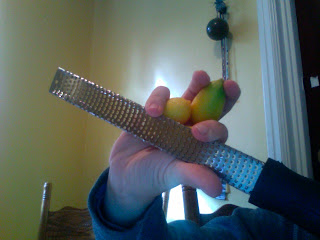

"Uses of Hops
Hops are perhaps best known for their use as a bitter agent in brewing beer. But hops also are a nerve sedative and hormonal agent. Because they promote stomach secretions, bitter herbs are good digestive tonics. The bitter principles in hops are particularly useful for indigestion aggravated by stress or insufficient stomach acid and for gassiness and sour burping. Research has shown that hops also may help the body metabolize natural toxins, such as those produced by bacteria.
Hops contain plant estrogens, and women who harvest hops flowers for an extended time sometimes develop menstrual-cycle abnormalities. Its estrogenic constituents make this plant useful in treating menopausal complaints, such as insomnia and hot flashes.
You also may use hops for anxiety and nervous complaints or for indigestion and cramps resulting from anxiety. Use the tincture or tea before bed if you experience insomnia."
As I have mentioned many times, this whole life-in-the-desert gig is a little weird to me. I like greenery, plants, dramatic seasons and my farm girls!! Last summer when I got to New Hampshire I was welcomed with homebrewed beer. Not made from ingredients purchased on line. My former neighbor and Sister Mama, Shannon (with her awesome chef/husband Andy), is one of those people who sees wild hops growing on the roadside, stops, harvests, and brews beer.
Like all plants (you heard me, all plants), Hops has some issues. Hops is extremely estrogenic (like our natural Paleo-life enemy soybeans). This, of course, is ironic since beer is so "manly". We could speculate all day why this relationship developed. Some believe the European governments/religions mandated the inclusion of Hops in beer to reduce the sexual drive in men!!! Tell that to the creators of TV beer ads.
The description above, from an herbal practitioner, talks about the power of hops. This is a plant that we need to treat with respect. Insomnia, mentrual irregularities and digestive issues. I love that my Farm Girl/Sister Mama Shannon can see and feel the presence of a plant like hops growing on the roadside.
Plants like hops can have a place in our lives if we understand the ability of the plant to effect our body. Shannon's brew felt nourishing and deeply delicious to me.











